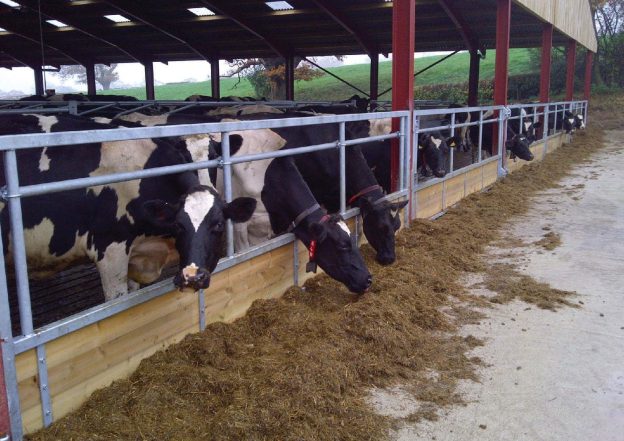Today more and more people have a serious interest in what they eat. Many want to know what ingredients are in products and where they came from. Ideally they want everything to be traceable so they can ensure there is no harm to the environment. However, there can be an issue here; it can be difficult to get all the information they need about what goes into different animal feed. Let’s look at why it is a problem and how things could change.
Separation
The difficulty with getting clear information about all ingredients in different feeds comes from the complexity of the supply chain. A single feed could have a formulation with dozens of ingredients. You would need to trace each one to make sure it was produced sustainably.
The problem is it is rarely a simple case of the feed producer dealing directly with the people who produce the individual ingredients. They are more likely to buy from traders or aggregators. They can get the raw ingredients from a variety of sources. So, it can be difficult for them to give the feed producer details of each individual source. As a result, producers may be unable to tell their customers.
Typically, the more complex the supply chain, the harder it is to get the information about where everything comes from. Often some details are lost at each stage of the chain. So, if the animal feed producer is 4th or 5th in the chain, diminishing details over the previous steps means they are unlikely to have the details.
The impact
The lack of information can have a big impact on numerous businesses. People may choose to use alternative products if they can’t find the details. Often this includes things like greenhouse gas emissions and if ingredients contributed to deforestation or unregulated/illegal fishing or farming. So, it can result in a loss of business and even reputational damage.
A lack of transparency also makes it very difficult for businesses to prepare for supply chain risks. For example, a producer may not know that ingredients are coming from areas suffering from war or natural disasters. So, they can’t prepare for disruptions in supplies. It can result in massive problems like unexpected shortages and higher costs to find alternatives. In the worst cases, it could affect animal health.
Changes
Things do seem to be changing though in different parts of the world. In the US, the Securities and Exchange Commission (SEC) has proposed to enhance disclosures for the environmental, social and governance of animal feed ingredients. The EU is also looking to ensure more transparency with disclosure.
The crucial thing to keep in mind here is the animal feed industry is massive. Every year animals consume over a billion tons of feed. Globally, the market is worth over $400bn. Businesses who want to be successful should be doing their utmost to give clear info to customers and consumers.
Searching for animal feed
JS Hubbuck Ltd works hard to provide consistently high quality products for our customers. In fact, we have built our reputation on it, starting off supplying fertiliser before expanding to the diverse selection you see today. Whatever you buy from us, you can be confident it will serve you well.
So, speak to us if you need animal feed or have any questions about different types. We will do our best to provide all the details you require.

